Tasting wines at a wine show can be a challenge. BKWine’s reporter in Gothenburg, Mattias Schyberg, dived right in when the Finnish wine import and distribution giant Altia Corporation came to Gothenburg to present their full range of wines to the press and restaurant people. Here are his favourite picks with some added bonuses.
I am anything but accustomed to tasting copious amounts of wine on a far from optimal “exhibition floor” amongst hordes of people without the possibility to sit down in peace and quiet with the wines tasted. I really admire those who can do the wine justice in this way. Personally, I have a hard time finding the right focus in similar environments which may reflect on my impressions below. In other words, I offer you my general impressions rather than detailed tasting notes.
It all started when I was invited to try Altia Corporation’s range of wines (Bibendum, Philipson Söderberg and Altia Sweden).
I wandered into the tasting room with an open mind, rather poorly briefed, but with great enthusiasm. Just like I always feel when there’s wine on the program. Concentrating solely on the wine since the fair also offered considerably more than that with various spirits and beers. It proved to be a rather animated atmosphere at the tasting unusual for he who wishes to be more analytical rather than to mingle with a mixed bag of professionals, but now I am whingeing.
William Fèvre (Chablis, France)
It was really interesting to get the chance to try eight different wines from various vineyards and quality levels from one of Chablis’ better producers. In fact it was an opportunity to get to know Chablis better since it is not exactly my favourite style of wine. Grand crus were lacking in the line-up but the premier crus made it a very good show all the same.
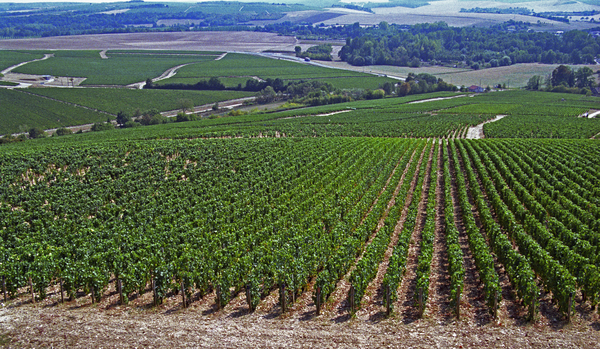
The wines that do not have the attribute “Domaine” on the label are négociant wines, ie the grape material is purchased from other growers in the region and don’t come from the producer’s own vineyards. Usually their own grape materials is considered “better”, but during the tasting I could not discern any clear difference in quality apart from what were clear difference in quality between the petit chablis, premier cru, etc.
- 2014 Petit Chablis
- 2014 Chablis (Domaine)
- 2013 Chablis (Domaine)
- 2013 Chablis Premier Cru Beauroy
- 2013 Chablis Premier Cru Vaillons
- 2013 Chablis Premier Cru Les Lys (Domaine)
- 2013 Chablis Premier Cru Fourchaume
- 2013 Chablis Premier Cru Vaulorent (Domaine)
All the wines were relatively similar in style although there were some differences of nuance and quality differences. The first three are simpler, less complex and less concentrated with cleaner fruit with no trace of oak, but still with delicate features of citrus, green apples and a lovely minerality that tends towards chalk, steel and stone dust. Not too complex perhaps, but certainly quite excellent food wines.
When I moved on to the premier cru level, however, the wines showed in a completely different way. The fruit becomes richer, more tropical and nuanced, hints of “old dirty barrels” emerges a bit in the background and minerality stands out clearly. (Editor’s note: The editor did not understand this fundamentally negative expression that seems to be used positively and asked for an explanation from the author: “With ‘dirty’ or ‘dirty barrels’ I mean some undertones of stables / soil / reduction, either originating from a hint of brett, reduction or, as I interpret it, ‘dirty’ barrel notes which possibly may remind some of driftwood. Pretty much the same thing as ‘funky’ in English.”) A completely different length, intensity and complexity.
The best was clearly Vaulorent. Very intense and charming. But the most fun was probably still Vaillons that invited up to dance with a clear smoky flint character that I love in my white wines. Very much Loire-feeling in some way. However, I would very much have liked to sit down with all the wines side by side and compare more carefully, but overall, I like the whole range of wines depending on the occasion and ambition. No direct lows. I am still not completely sold on this style of wines myself, but for around 30 euro it starts to get really interesting no doubt.
Dog Point Vineyard (Marlborough, New Zealand)
I have heard some mixed opinions about this producer, and was therefore keen to get to know some of their creations. Sauvignon blanc, chardonnay and pinot noir was on the menu. The two founders, Ivan Sutherland and James Haley came originally from the prestigious and classic Cloudy Bay. The Swedish sales rep who presented the wines told me that they use organic and natural winemaking partly with natural yeast, but I’m not sure if it applies to everything they do or only certain wines. It has, of course, in any case become something that all and sundry say more or less now.
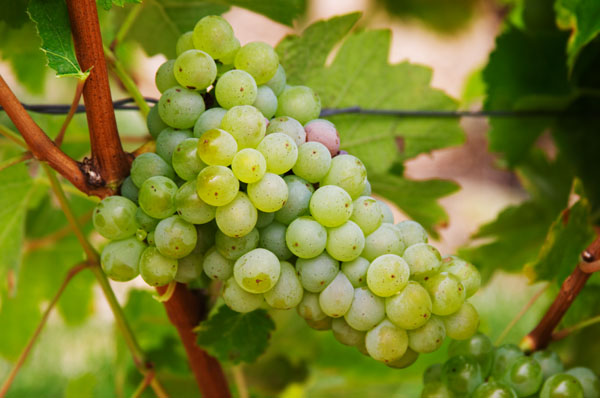
2014 Dog Point Sauvignon Blanc is their simpler entry-level kind. More Loire than New Zealand but probably a bit of a hybrid. Fresh and crisp fruit with high acidity and aromatic nose with nettles, citrus and a hint of gooseberry. A nice drink undoubtedly but nothing to get excited about.
2013 Dog Point Section 94 is clearly more fun than the wine above. More complex, with a hint of “dirty barrels” (see above) and gunpowder with little puffs of hot frying pan. Fine fruit and concentration. Good length and intensity. Funky, completely to my taste. Can imagine that it is a watershed of rank between likes and don’t likes.
2013 Dog Point Chardonnay is a really good wine. Nicely barrel aged with ripe yellow apple fruit with a little tropical twist and some nice hints of gunpowder and nougat. Quite full bodied with soft and high acidity and a very Burgundian feeling in my mouth.
2013 Dog Point Pinot Noir offers a wonderful elegance with red fruit and some spices, rhubarb and delicate barrel ageing. Lacking possibly something that makes it stand out, but of course it is very nice in the mouth with a tannins with a good grip and good concentration. It didn’t give me goose bumps although it is a very decent pinot noir.
As a final word, Dog Point Wines sadly feels slightly overpriced but they are good wines without a doubt. But the price makes it difficult to recommend any of them unreservedly. Section 94 is the most fun and most interesting to try if you feel you want to give them a chance.
- 2014 Dog Point Sauvignon Blanc, ~20 euro
- 2013 Dog Point Section 94, ~29 euro
- 2013 Dog Point Chardonnay, ~29 euro
- 2013 Dog Point Pinot Noir, ~36 euro
San Felice (Tuscany, Italy)
It’s always fun when completely unexpectedly you encounter a producer that rocks the socks off you. After some research, I realize, however, that I am far from the first to discover this producer’s greatness, but darn how it impressed me with the wines that were available.
Already at the first meeting with the simple 2013 Campogiovanni Rosso di Montalcino, I realized that this producer was something extra. A delightfully easy to drink wine with lots of Italian feel and juicy cherry fruit with some leather and spice. Clearly better than what the price indicates. When I moved up a notch and got 2011 Chianti Classico Riserva Il Grigio I was conquered hands down. The same DNA as the wine before, but with more flowers, a little barn-yard and cedar. Still quite simple and easy to drink, a wine to drink now without doubt, but in my mouth quite a bargain for the money.
For me, the pugnitello grape was completely unknown until I got the chance to try the 2008 Pugnitello Toscana. A fine old grape in Tuscany that has almost completely disappeared but San Felice has taken care of it in the best possible way. Pugnitello also means “little fist”, which is noticeable in the mouth. More plums, spices and dried fruit than cherry scent. Pretty tough tannins and plenty of barrels with a bit of coffee and chocolate. Delicious right now, but will certainly be better with a few more years in the cellar.
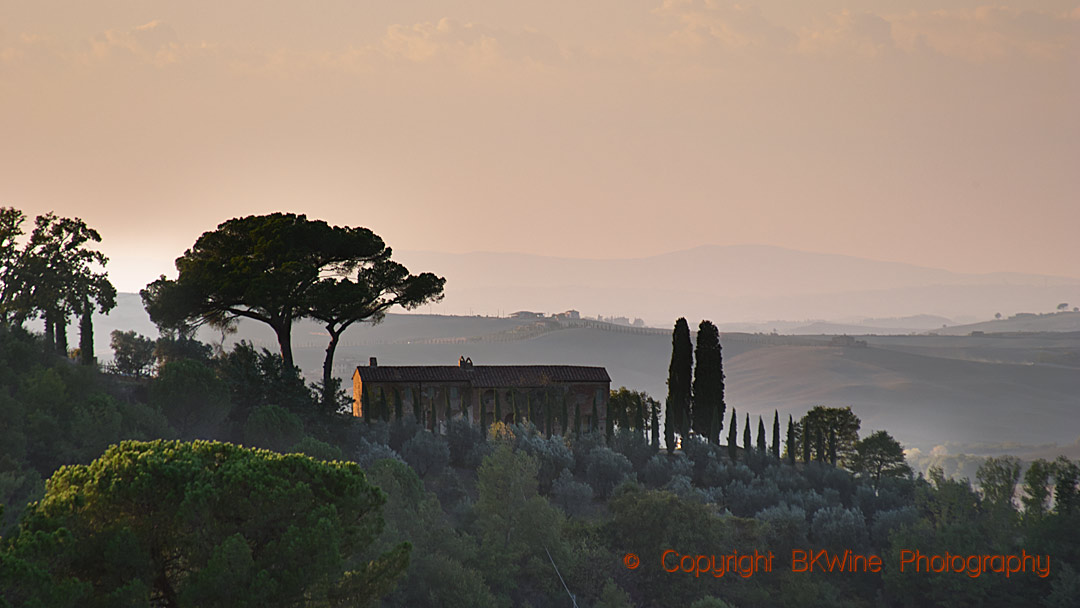
The next wine was a classic Bordeaux blend in the form of 2010 Vigorello that did not disappoint me either. Beautiful ripe black currant fruit with delicate hints of cocoa, cherry, cedar and some stables. Quite international in style, but I like it all the same. Well worth a wine geek’s hard-earned money.
When I finally got to finish the tasting with 2006 II Quercione Brunello di Montalcino Riserva, it was clearly time to surrender. So wonderfully complex and elegant with good power in the fruit and an intensity that promises a long life. But of course, when you’re approaching 70 euro one expects something extraordinary, and at that price it is perhaps not so much better and beyond in comparison with the competition after all.
I would definitely bet on the mid-range wines to get the best value for money, but whatever you choose, I find it hard to see that you will be disappointed.
- 2013 Campogiovanni Rosso di Montalcino, ~13 euro
- 2011 Chianti Classico Riserva Il Grigio DOCG, ~20 euro
- 2008 Pugnitello Toscana IGT, ~35 euro
- 2010 Vigorello San Felice, ~32 euro
- 2006 II Quercione Brunello di Montalcino Riserva, ~72 euro
Nederburg (Paarl, South Africa)
This producer is not exactly something your average wine geek usually care much about because they are behind quite a lot of simple and uninteresting wines. But like many larger producers, they also have some fun and in this case some rather experimental wines.
What would you think, for example, of the 2011 Nederburg Ingenuity White (~22 euro)? A really exciting wine made from a blend of 8 different grapes with a certain predominance of Sauvignon Blanc but with little streaks of chenin blanc, chardonnay and several others that I cannot remember. It was served to me blind and I was asked to guess the grape. A little gooseberry tones and green elements allowed me to identify the main grape and a little presence of wax and honey made me think of chenin blanc, but it is a very complex and interesting wine, no doubt. Beautiful tropical fruits. Fresh and beautiful acidity with good intensity. A no-brainer purchase, if only because it is fun to try and for the excellent price.
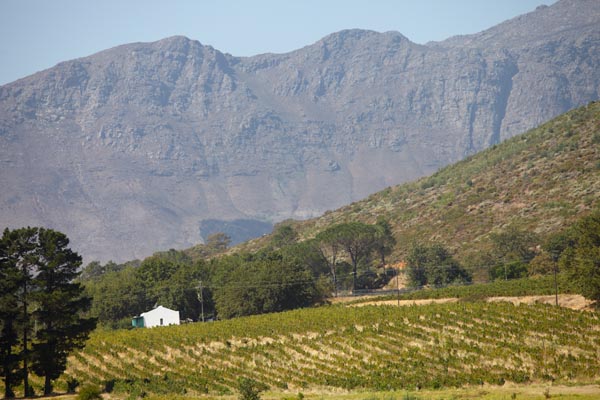
The next wine was one of their red wines in the same series. 2011 Nederburg Ingenuity Red (~32 euro) is a fun and wonderfully muscular wine with good balance. The wine is made from 100% sangiovese. Very buttery barrel style and complex fruit with plums and dark cherry. Made me think more of Spain than Italy, I admit, but it is without a doubt an enjoyable high quality wine. I can at least imagine buying a bottle to try it under better circumstances, even if it did not exactly make me lyrical. It may lack a bit of personality perhaps.
Faustino Martínez (Rioja, Spain)
Anyone with any kind of experience in the wine world will have drunk the just excellent wine Faustino I Gran Reserva (~18 euro), which has always been easy to find on the market. The current vintage is 2004, but I remember above all the 2000 with very warm feelings. A very “dirty” (stables and leather) and well-structured vintage (editor’s note: see comment above) in which the profile is more reminiscent of a good mid-range Bordeaux rather than the classic Rioja.
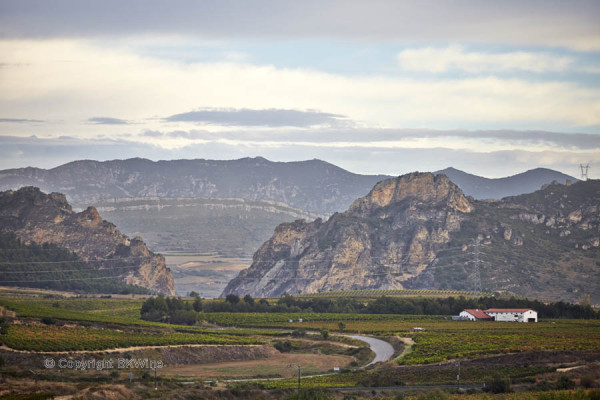
Well, now I got the chance to try both the 1970 and 1981 vintage of the same wine and darn they were nice. Possibly you need to have a soft spot for extremely mature wines to appreciate them, but they are anything but dead according to me, a clear proof that even inexpensive wines many times can withstand a long ageing. You will perhaps find some features of crayfish broth and dill (ed’s note: typical description of Rioja gran reserva in Sweden), but also some fennel, dried fruit and a lovely earthy and nicely integrated barrel character. Very similar to high-quality Burgundy in many ways.
If I had tasted it blind I might very well have gone down that path. Possibly the 70 vintage felt a bit dry in the fruit while the 81 was in very good health. One must perhaps also expect some bottle variation here. Unfortunately, none of the wines are available at Systembolaget in Sweden, which is sad.
Mattias Schyberg is guest writer on BKWine Magazine. He is also one of the persons behind the very active wine forum www.finewines.se.



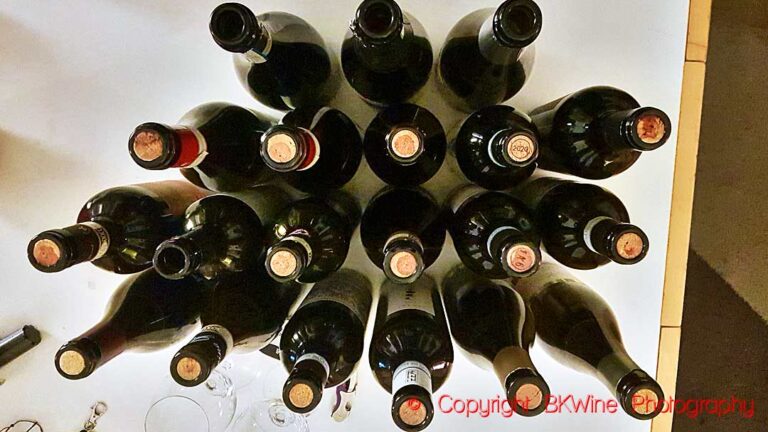
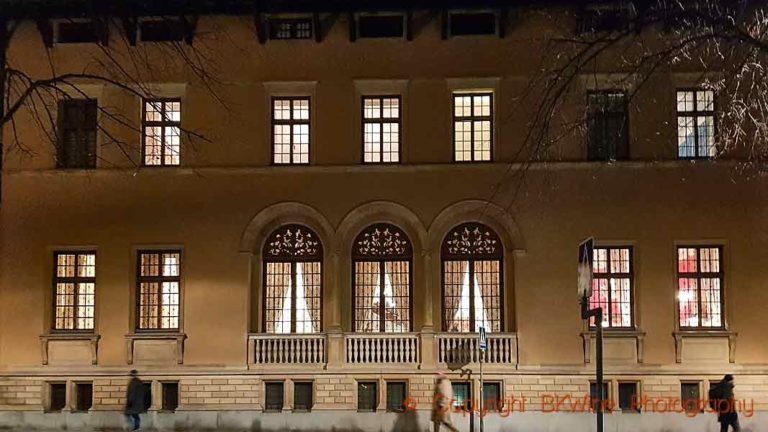




One Response